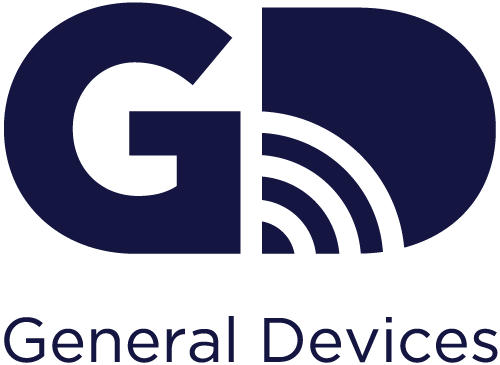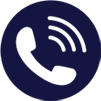Telehealth Benefits for Mobile Integrated Healthcare and Community Paramedicine
Communication and collaboration are key elements of successful Community Paramedicine and broader Mobile Integrated Healthcare programs—and to the larger healthcare system. It is critical that community paramedics communicate the correct message to providers in real time so that they can offer the best possible patient care with the lowest possible risk.
Telehealth represents one of the biggest shifts in the healthcare industry. It drives innovation in healthcare, and makes this communication, consultation and collaboration between community paramedics and other healthcare providers possible. Healthcare delivery has rapidly shifted toward telemedicine. With the COVID-19 pandemic, the number of telehealth visits is expected to be greater than 1 billion by the end of 2020. Post-COVID-19, providers and patients are likely to increasingly rely on telemedicine, and community paramedicine programs will likely become more common. As EMS teams meet new challenges in this uncharted territory, they need the proper tools to help them provide quality care while reducing costs.
Mobile telemedicine apps like the GD e-Bridge allow community paramedics to share HIPAA-secure voice, text, photos, data, video clips and live-stream using a smartphone or tablet, directly to physicians and specialists in or out of hospitals, anywhere at any time.
Although having the right features and tools in a telemedicine solution is important to a thriving community paramedicine/mobile integrated healthcare program, the solution healthcare providers choose should be configurable to their needs and processes. In short, it should be an aid, not a distraction or hindrance.
Among other things, mobile telemedicine apps offer:
- Quality control and assurance for patients in rural areas who need follow-up care from previous visits to the ED. This helps to avoid further ED visits keeping both EDs and emergency responders free to help more patients who need non-emergent care.
- Secure and efficient documentation of patient records and treatment information
- Decision support and medical direction via live video and audio conferencing for paramedics who are tasked with making quick and serious decisions about a patient’s care
- On-the-go training for responders who need it in the form of open communication and live video
- Assistance from language interpreters in real-time who are medically qualified
As they explore their options, healthcare providers should think about their end goals, the way their hospitals and EMS teams communicate, and how they seek to improve those processes.
For more information about community paramedicine, mobile integrated healthcare and telemedicine,
Download GD’s eBook, “Community Paramedicine & Telemedicine.”
About GD (General Devices)
GD is a 40+ year Med Tech company that specializes in mobile telemedicine and telehealth that, enables simply smarter patient care by empowering hospitals, EMS, mobile integrated healthcare, community paramedicine and public safety responders with the most comprehensive, highly configurable, and affordable medical team communications solutions. Learn more at general-devices.com.

